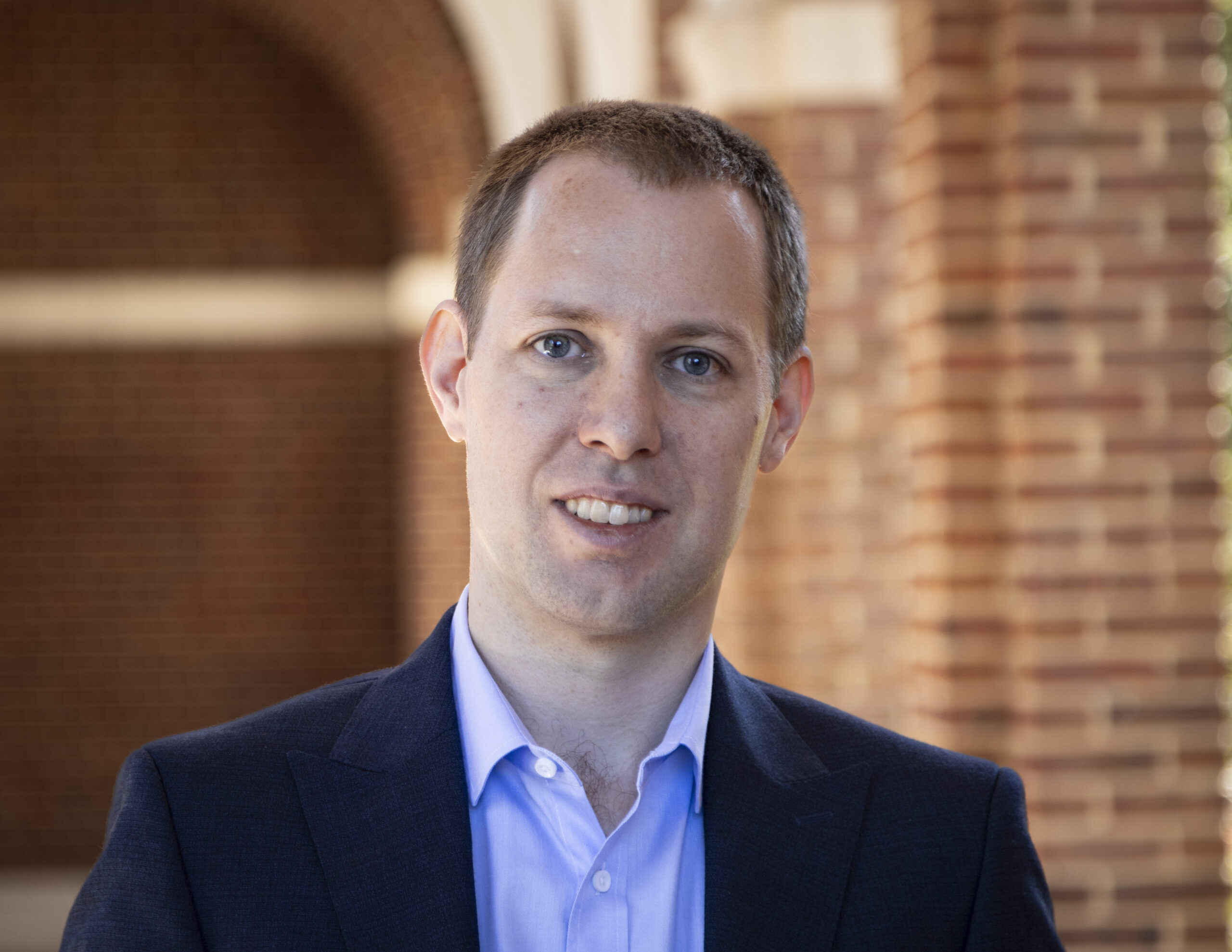
Jernej Murn
Jernej Murn is a Professor of Biochemistry at the University of California, Riverside. He obtained his B.Sc. in chemistry/pharmacology from the University of Ljubljana in 2001 and his Ph.D. in molecular biology in 2006 at the CEA Laboratory for Functional Genomics in France and the University of Ljubljana. He pursued postdoctoral training at Cold Spring Harbor Laboratory and later at Harvard Medical School/Boston Children’s Hospital, where he focused on RNA-binding proteins and the epigenetics of nerve cells in development. He began his independent research at UC Riverside in 2017 and received tenure in 2025. He is an investigator at the Center for RNA Biology and Medicine and a faculty member of the Stem Cell Center and the Institute for Integrative Genome Biology. He is also a founder of StopTime Inc., a startup developing RNA-inspired technologies to slow biological time in living systems for therapeutic and preservation applications.
Research projects: We draw inspiration from the central role of RNA as life’s indispensable molecule. We are committed to solving fundamental problems in RNA biology to illuminate life at the levels of molecules, cells, and organisms, while keeping a keen eye on practical implications. We are especially interested in how RNA-binding proteins (RBPs) regulate events during the lifetime of an RNA molecule to control gene expression and thereby direct cellular function. For example, we investigate how RBPs regulate the nexus between cellular dormancy and proliferation, support neuronal function, and how their misregulation contributes to aging and human diseases, including cancer and neurological disorders. We are inspired by the prospect that our discoveries may lead to new therapies for these diseases. Our studies combine genome-wide and computational approaches with traditional biochemistry, genetics, and cell biology. We also develop novel technologies to decipher in vivo protein–RNA interactions and their functions. Learn more about the lab at www.murnlab.info.











